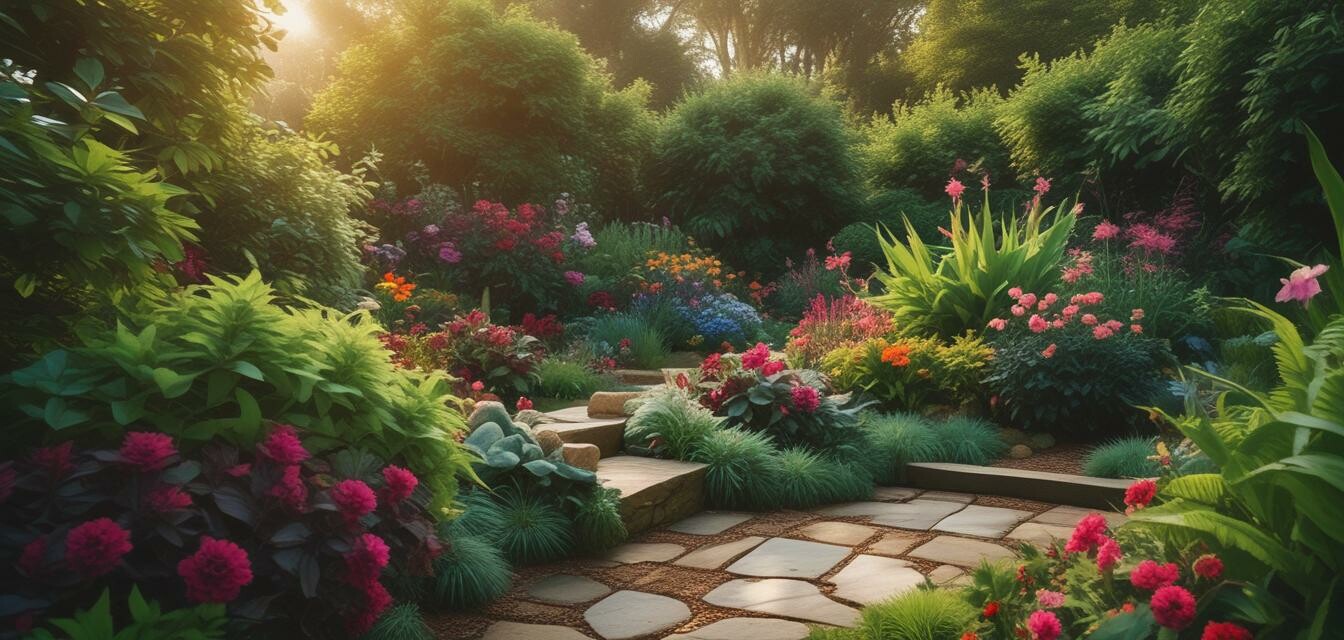
Unique Plant Pairings for a Thriving Garden
Key Takeaways
- Unique plant pairings can enhance growth and pest resistance.
- Companion planting is an effective technique for gardeners at all levels.
- Consider the aesthetics of your garden when pairing plants.
- Seasonal adaptations can improve plant synergy.
- Color and texture play a big role in creating a stunning garden space.
When it comes to creating a thriving garden, the right plant pairings can make all the difference. Unique plant combinations not only enhance the aesthetic appeal of your garden but also contribute to healthier growth and improved pest resistance. In this article, we'll explore fascinating pairings and their benefits while providing practical tips and inspiration for your own garden.
Understanding Companion Planting
Companion planting is the art of growing different plants together for mutual benefit. Some plants can help others grow better, deter pests, or attract beneficial insects. Below are some popular reasons to consider companion planting:
- Pest control: Certain plants repel insects that can harm others.
- Pollination: Attract pollinators to enhance fruit production.
- Nutrient enhancement: Some plants can enrich the soil for others.
Top Unique Plant Pairings
Below are some exciting plant pairings, along with their benefits:
| Plant Pairing | Benefits |
|---|---|
| Tomatoes and Basil | Enhances flavor, repels pests like aphids and whiteflies. |
| Carrots and Onions | Complimentary growth, repels carrot flies, enhances onion flavor. |
| Marigolds and Cucumbers | Repels pests such as beetles and aphids, brightens garden with color. |
| Spinach and Strawberries | Ground cover for strawberries, suppresses weeds, and enhances moisture retention. |
| Borage and Tomatoes | Improves tomato growth and flavor, attracts beneficial pollinators. |
Aesthetic Considerations
While the practical benefits of plant pairings are essential, the visual appeal of your garden is equally important. Pairing plants based on color, texture, and height can create a stunning visual impact. Here are some suggestions:
- Color Coordination: Use contrasting colors to make plants stand out, or opt for complementary colors for a more harmonious look.
- Texture: Combine different leaf shapes and sizes to add depth and interest to your garden.
- Height Variations: Layer plants from shortest to tallest to create a dynamic and engaging garden layout.
Seasonal Adaptations for Successful Pairings
As seasons change, so can the plant choices in your garden. Consider adapting your pairings based on seasonal conditions:
- In spring, consider early bloomers like pansies and tulips paired with mid-summer bloomers like coneflowers.
- During summer, think about resilient herbs like rosemary alongside heat-loving tomatoes.
- In fall, decorative cabbages can be paired with late-blooming asters for a beautiful display.
Tips for Creating Your Unique Pairings
Gardening Tips
- Research plant compatibility and properties before selecting pairings.
- Consider the sunlight requirements and soil preferences of your chosen plants.
- Experiment with different combinations to see what thrives in your garden.
Conclusion
Creating unique plant pairings in your garden not only boosts growth and beauty but also enriches the gardening experience. By utilizing companion planting techniques, considering aesthetic factors, and adapting to the seasons, you can cultivate a vibrant and thriving outdoor space. For more ideas and tips to elevate your garden, explore our other articles in the Garden Inspiration category. Your dream garden is just a few unique pairings away!